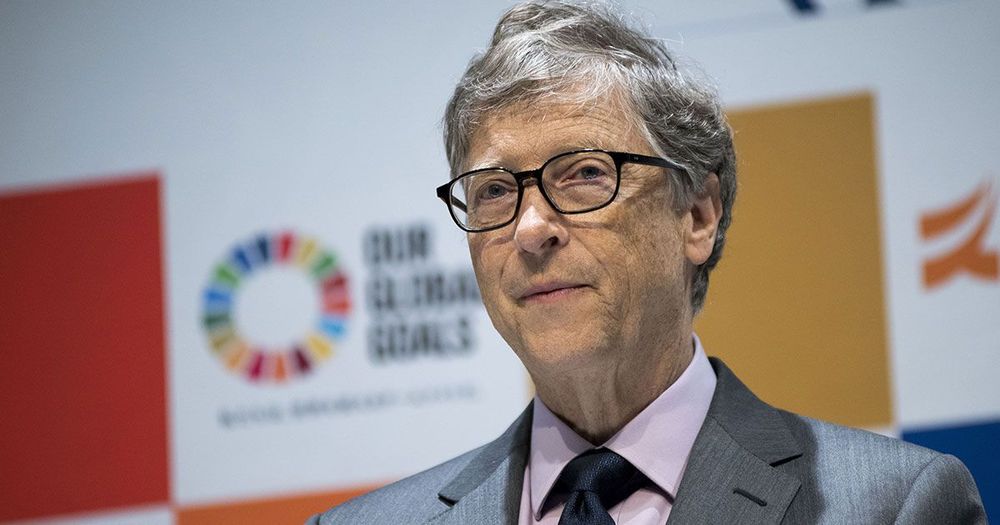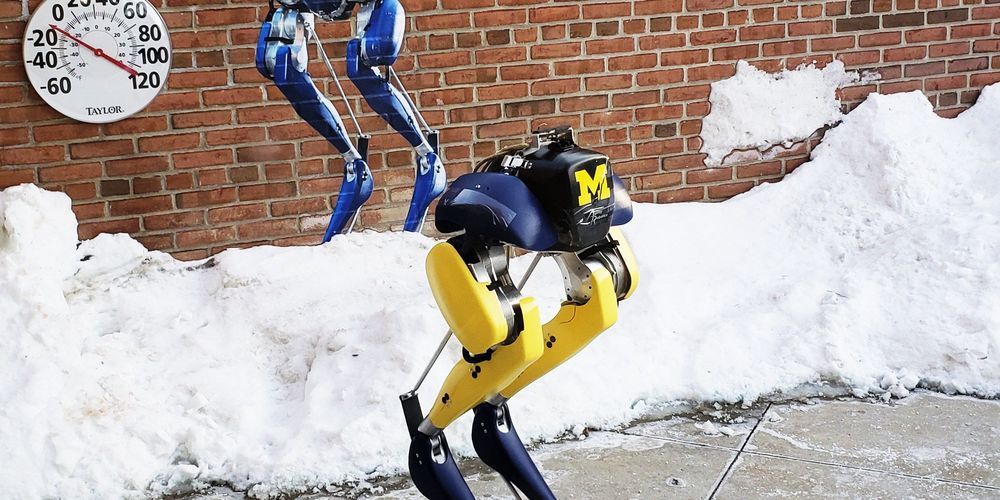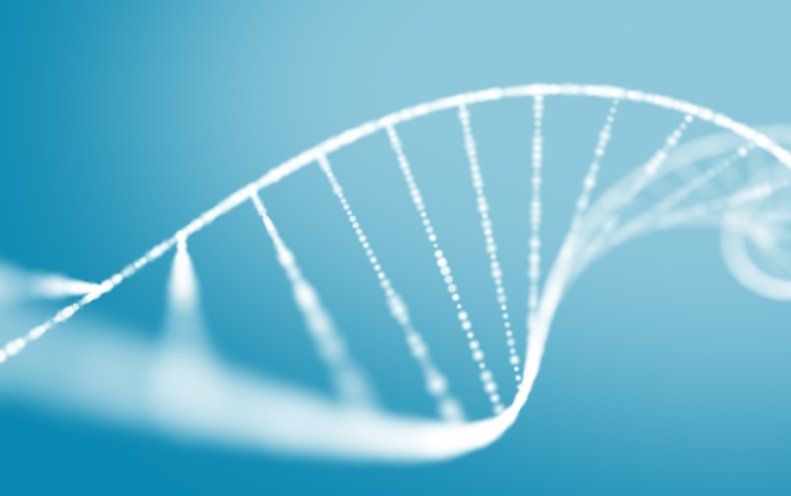Instead, the body of the Lamborghini Terzo Millennio concept car, made from exotic carbon nanotubes, would be used as a supercapacitor. Supercapacitors store and release energy in a manner different from that employed by batteries. They have certain advantages, but also serious disadvantages.
It could be years, if ever, before scientists from MIT and Lamborghini, which is part of the Volkswagen Group ( VLKAF ), can overcome the downsides. But the effort would be worth it, said Mauricio Reggiani, Lamborghini’s head of research and development.
“At the moment, we are really optimistic,” he said.








